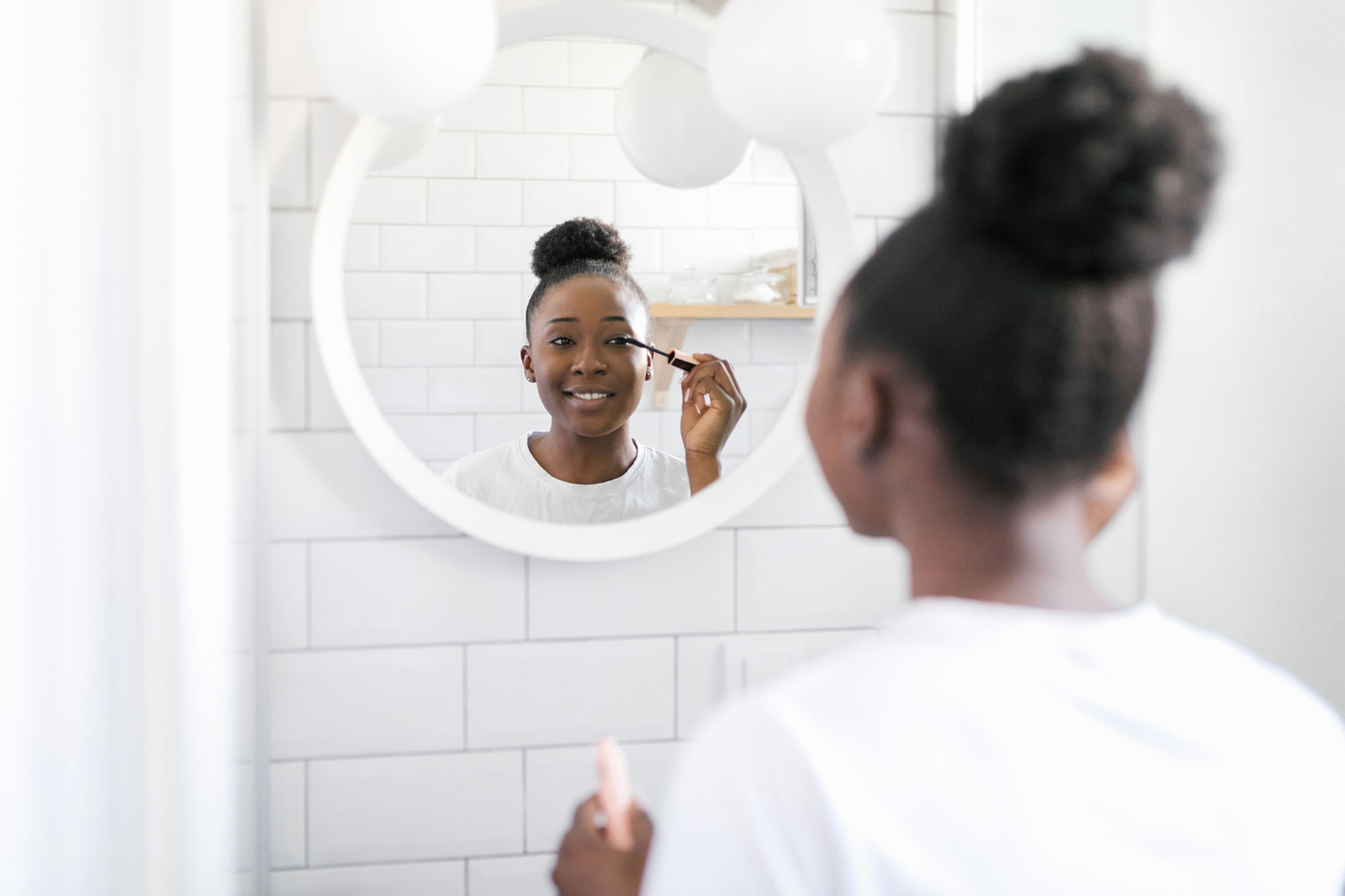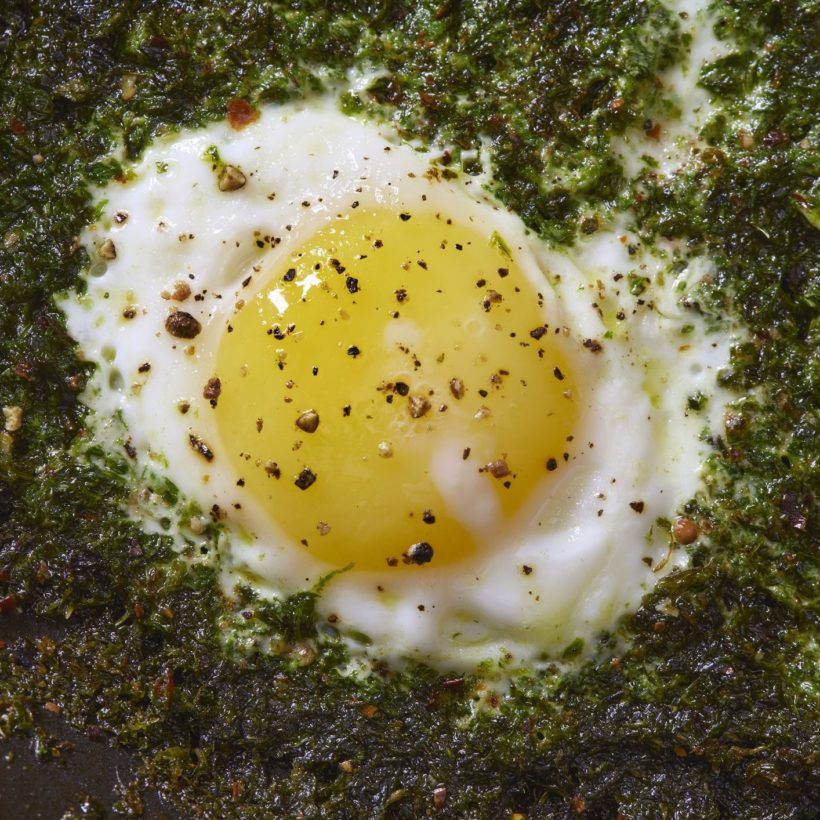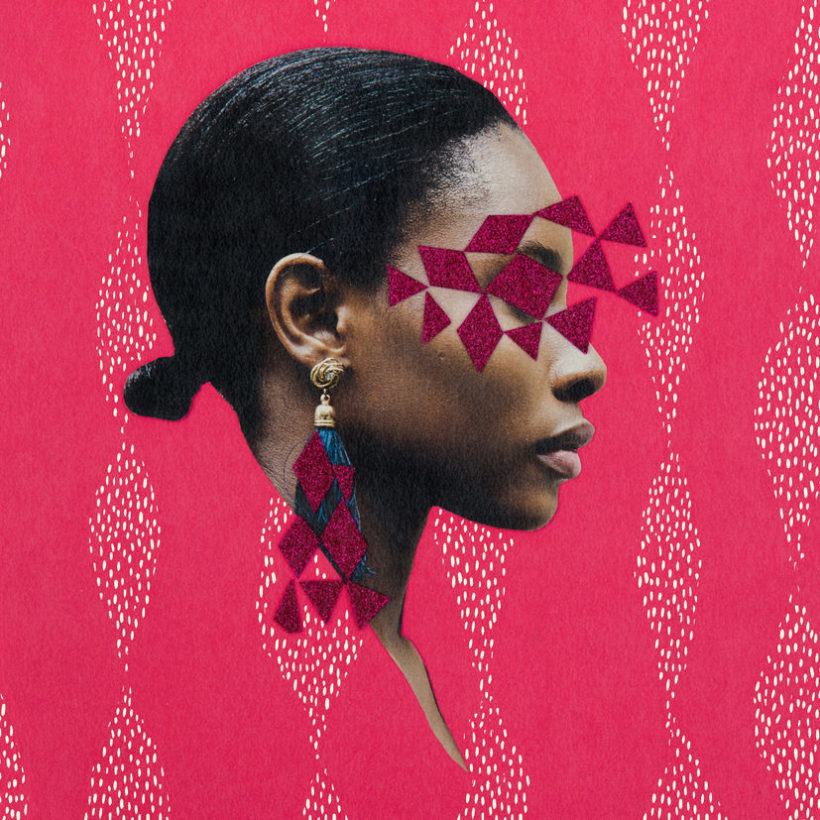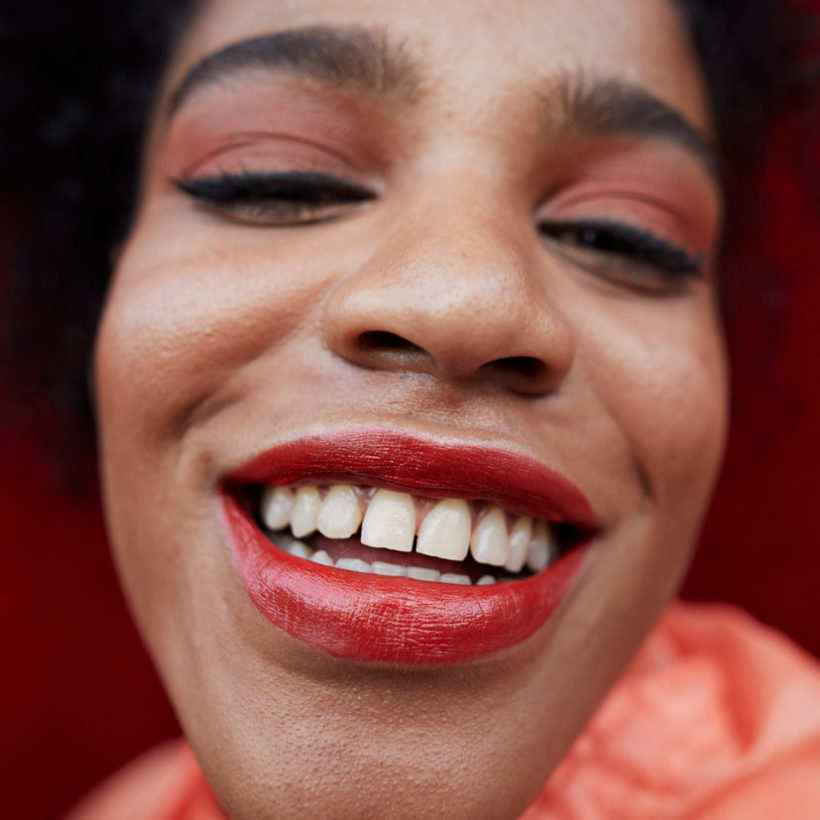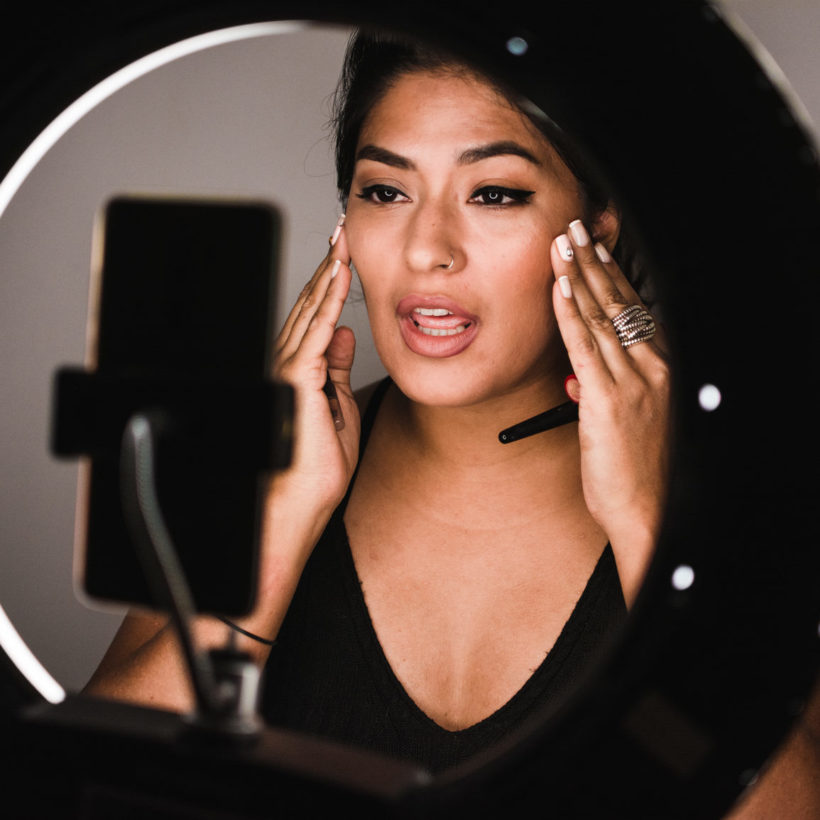If you’re active on TikTok, hearing the high-pitched “storytime!” announcement as you open up your app is all-too-familiar. In addition to catchy dances to Taylor Swift and Meghan Trainor songs, this short-video sharing platform has become a place where we can all get to know our favorite influencers a little more. One of the biggest trends over the past year is watching someone get ready while they tell a story. They’ll often start with a clean face and a messy bun, and go through their skincare, makeup, and hair routine. They may discuss a political debate, what they ate the day before, a stressful day with their toddler, or their upcoming vacation plans.
Whatever it is, most of us don’t care what the topic is — we’re already captivated. Those millions of views and thousands of comments prove it. But why? How do we get sucked into another bite-sized film by someone we don’t actually know applying moisturizer and eyeshadow? Here, we spoke to experts on why this phenomenon happens — and why it, sort of, benefits our mental health.
Bonnie Scott, MA, LPC-S,
is a licensed professional counselor.
Donna Marks, M.D.,
is a psychotherapist and author.
Kelly King, Ph.D., LPC, LAC, C-DBT,
is a licensed professional counselor from the Clinical Mental Health Counseling Program at the University of Phoenix.
Lee Phillips, M.D.,
is a psychotherapist and a certified sex and couples therapist.
Jennifer Kelman, LCSW,
is a mental health expert on JustAnswer.
Emma Giordano, MHC-LP,
is a therapist.
Meet the Experts
It’s a form of voyeurism.
When we generally think of voyeurism, it’s through a negative perspective: a peeping Tom or a stalker, for example. However, innately, all humans are curious and watching TikTok videos is a form of acceptable voyeurism, explains Bonnie Scott, MA, LPC-S, a licensed professional counselor. Most of us appreciate and enjoy when others are vulnerable, even if we don’t want to be vulnerable ourselves. There’s validation found in the practice, and it gives us permission to be nosey without social consequences. “There’s little to no chance the content creator will feel violated by our curiosity because they are sharing what they freely consent to share with us,” Scott continues. “It’s an invitation to peek where people in our day-to-day lives may not invite us.”
It feels like being in on a secret.

When your best friend makes you a pinky-promise, you’ll never, ever, (ever!) tell a secret. Not only do you get the juicy tidbit, but you’ve been trusted to keep it. And while logically, you know many other people are watching a TikTok star apply their contour, it makes you feel like you’re in on a secret, says Donna Marks, M.D., a psychotherapist and author. “Just start whispering in someone’s ear at a table full of people and watch everyone get quiet. Watching a person get ready while talking to the camera is like being in on a secret even though it’s being shared with the whole world,” she continues.
Like a secret, it also leaves you hanging on the edge of your seat — hence why you continue to watch it through the end. Dr. Marks says as you tap into your visual and auditory senses, you’re intrigued, compelled and, well, mesmerized. Even if you don’t realize it, you’re thinking: “What are they going to do next? What would I be wearing if I were on the video? What would I be saying?”
It makes you feel less alone.
Many people have reported heightened loneliness throughout the pandemic, making the need to connect more intense. Watching someone get ready for the day feels intimate, almost as if you’re part of their routine and they are part of yours, says Kelly King, Ph.D., LPC, LAC, C-DBT, a licensed professional counselor from the Clinical Mental Health Counseling Program at the University of Phoenix. “Historically, people have been interested in watching the routines of celebrities or high achieving individuals in society prepare for their days,” she continues. “This new trend allows for everyday, ordinary people to share inspiration with others like them. This is more relatable to the viewers, and ultimately, the changes might be more applicable.”
It helps cope with stress and anxiety.
Pay attention to your body the next time you watch a get-ready-with-me video. Do you relax? Do you feel at ease? Are you tuned-out, but in a good way? Believe it or not, part of why these videos are fascinating is because they help us cope with stress and anxiety, says Lee Phillips, M.D., a psychotherapist and a certified sex and couples therapist.
“When we get anxious and stressed, our nervous systems get dysregulated, and our body kicks off a complex process of self-protection that prepares us for three possible actions: flight, fight, or freeze,” she shares. “Once our stress hormones are released, we often lose touch with our coping skills and succumb to reacting rather than responding.”
The only way to release these feelings is to find a way to soothe them. And that’s where a TikToker comes in and, perhaps, saves the day. As they talk about adventures, love, life, or the makeup brush they like, it can be a distraction, says Dr. Phillips. “Because you focus on the content rather than the stress you are experiencing, and you find it relaxing and soothing, it helps regulate the nervous system.”
It’s nostalgic.
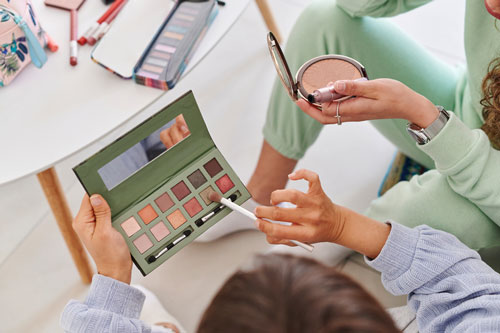
Scott says that getting ready videos may bring back a healthy — and welcome — dose of nostalgia for many millennials and Gen Xers. As she explains, they often remind her of being a teenager, hanging out in her best pal’s bathroom and trying on lipsticks. “It’s a callback to a simpler time in my life when I had plenty of spare time to be with others with nowhere else to be, and that is calming and nice,” she says. After watching, you may even feel inspired to reach out to an old friend to say ‘hi’ or check in and let them know a video reminded you of your old times together.
Part of going back in time is escaping our present day. And this TikTok trend provides the opportunity to escape from current feelings of boredom, monotony or lack of motivation, says Jennifer Kelman, LCSW, a mental health expert on JustAnswer. “Sometimes these videos allow for the imagination to run wild: the mom with four kids scurrying around in the morning to get everyone ready and out for school longs for the days when she had time to do yoga followed by a cup of tea while connecting with nature,” she continues. “One can lose themselves in the story of others either by identifying with them or longing for what they speak of.”
One last note: It’s not a bad thing — but keep it in check.
If you like getting ready videos and you find them to be a calming or inspiring part of your day — that’s okay! However, it’s important to ensure you aren’t taking it to the extreme and experiencing a parasocial relationship. As defined by therapist Emma Giordano, MHC-LP, this refers to the one-sided relationship where an individual feels like they have a friendship or intimate connection with a person online whom they related to and know a lot about, but the other person likely does not know of their existence.
“In these parasocial relationships, the audience can become dependent on the influencer’s behaviors, opinions, and interactions as well as become deeply frustrated and hurt when the person they idolize cannot return their energy and attention or acts in a way that is inconsistent with their own values,” she says.
How can you avoid getting in deep? By remembering these influencers are humans — like you. They’re not better or worse or all-powerful. They just happen to be sharing their life with the world. “Being satisfied with the content they put out that brings you joy, happiness, or comfort can be enough because expecting more will often leave you disappointed,” she says. “And remember to develop two-sided social relationships in your personal life because they will bring you deeper connection and intimacy than a stranger on a screen ever can.”
